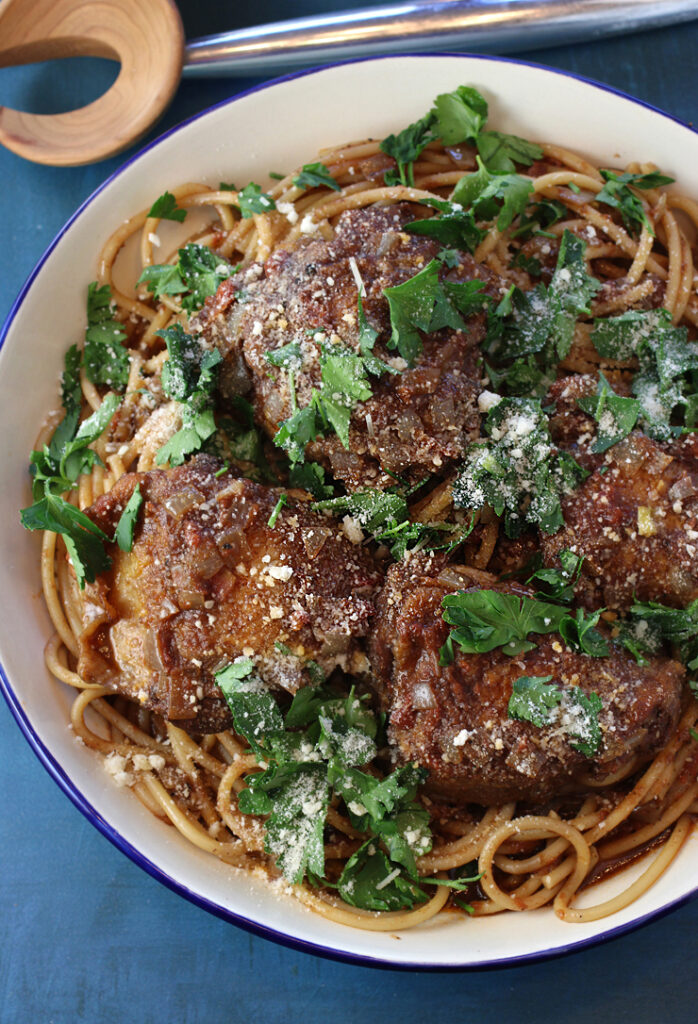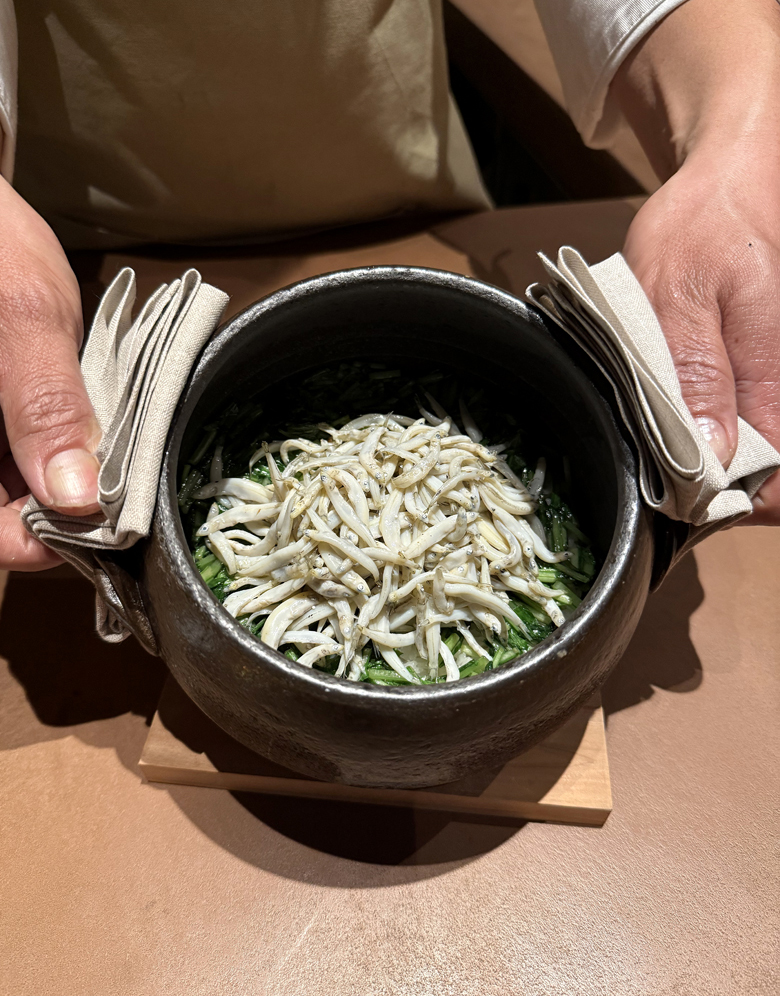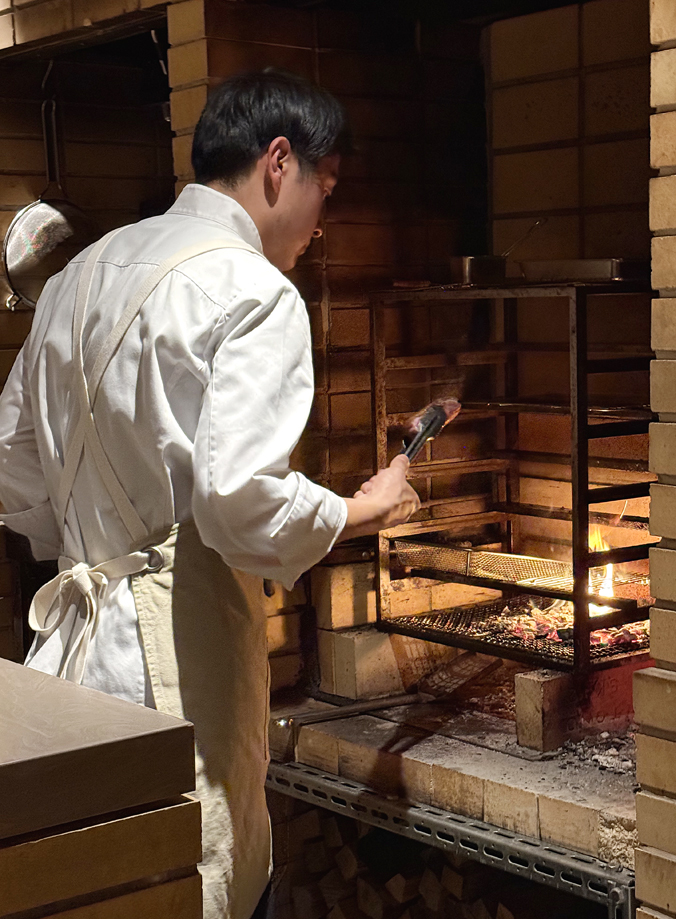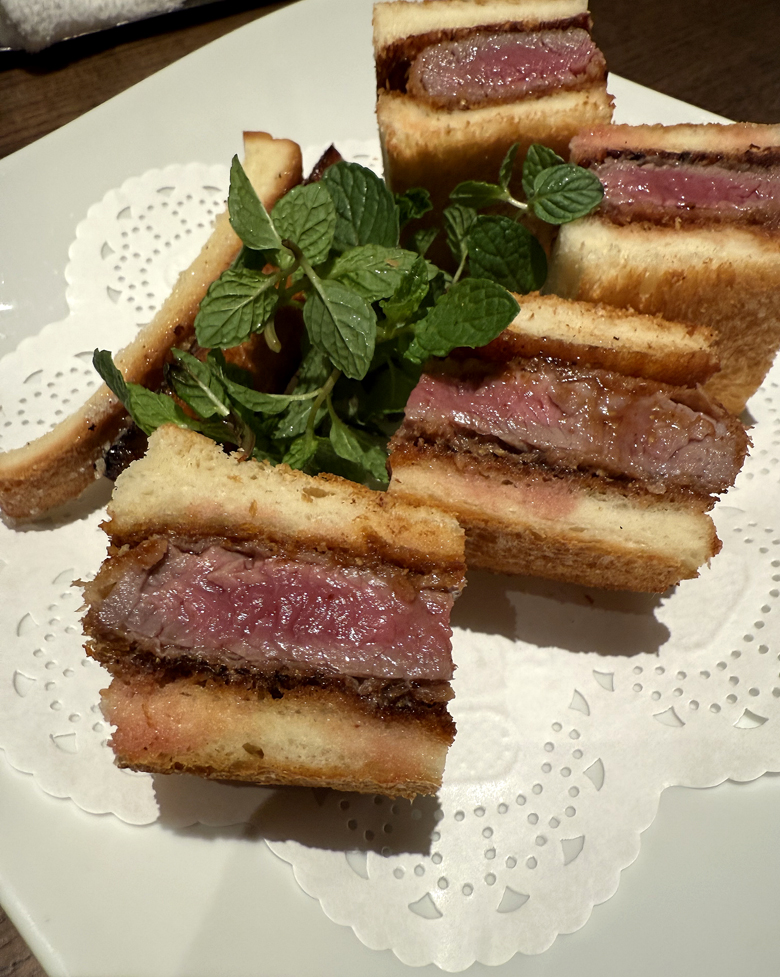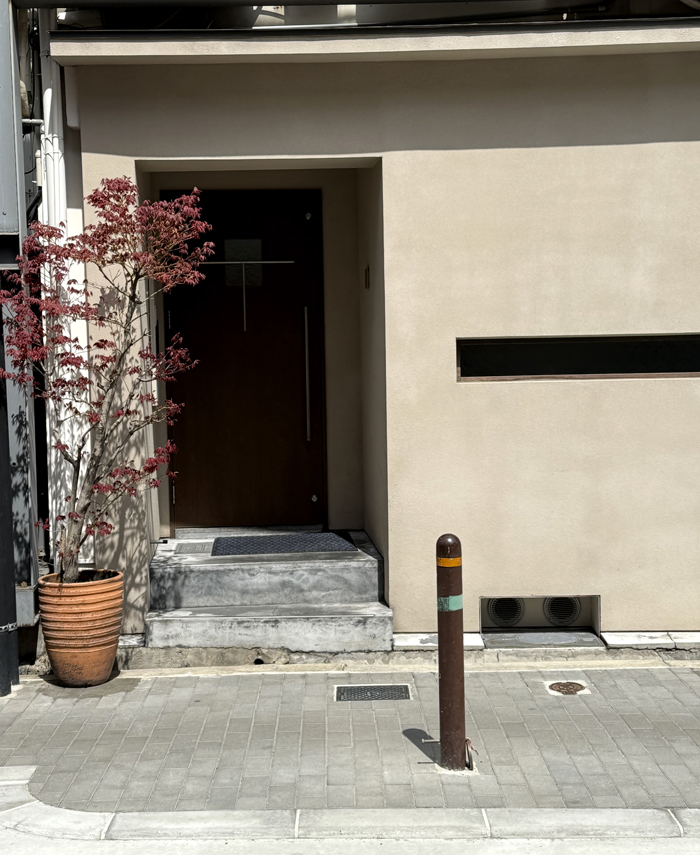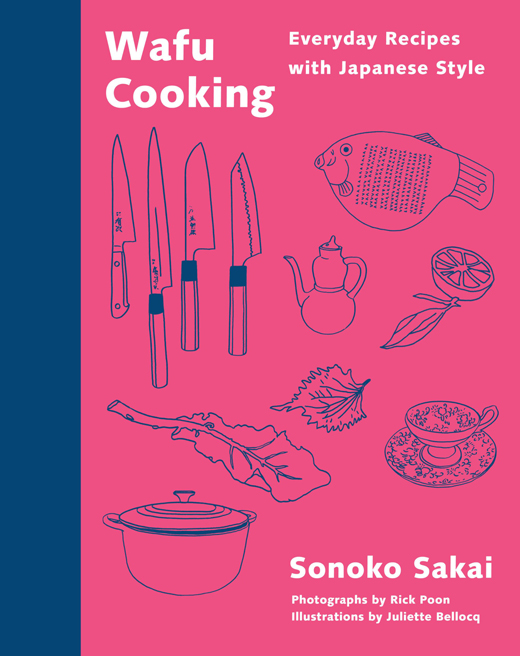Stephanie Izard Debuts Valley Goat

It’s always an occasion when a “Top Chef” champion opens a new restaurant. Even more so when it’s Stephanie Izard, arguably one of the most successful winners to emerge from the Bravo TV show’s 22 seasons (and the first woman to win). And especially when she chooses to do so in Silicon Valley.
At the end of March, the James Beard Award-winning chef opened Valley Goat at the new Treehouse Hotel Silicon Valley in Sunnyvale.
After opening her original Girl & The Goat in Chicago in 2010, Izard was named Food & Wine “Best Chef” in 2011. When she opened Girl & The Goat in Los Angeles in 2021, she gave up the Windy City for Tinsel Town, moving there with her family. Valley Goat is her first Northern California restaurant, and what she told me is the first of several planned restaurants she will open with Treehouse Hotels.
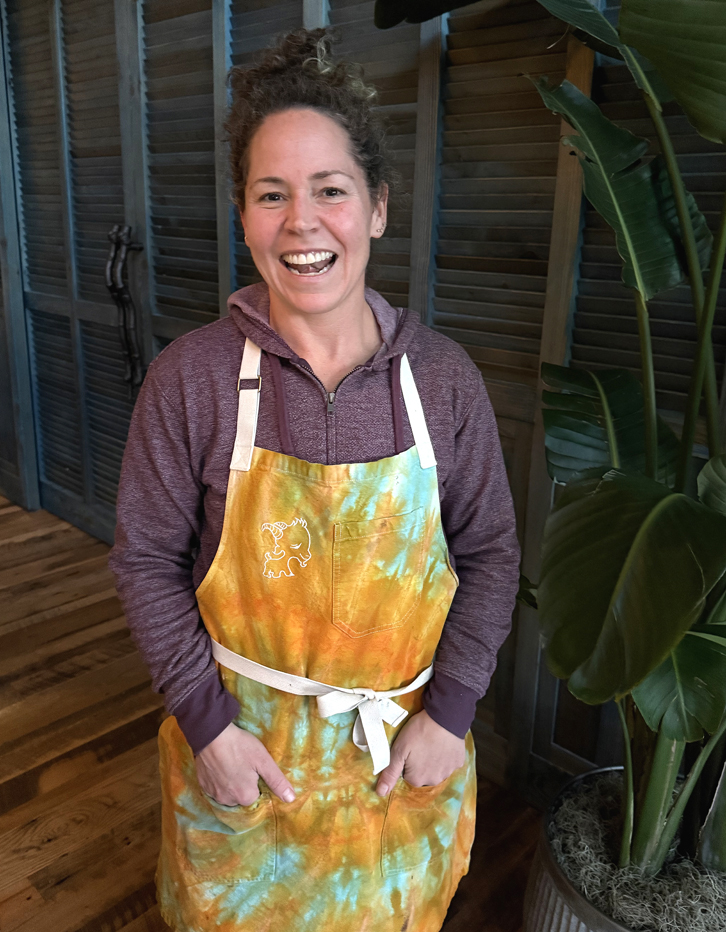
Quirky and playful, the hotel is like a glamping playground gone wild for Gen Z. There’s a beer garden with picnic tables set with Jenga towers, rubber duckie floats in the pool, and a fence cleverly painted with tree trunks to blend in and create the look of a lush forest with real trees.
Read more
